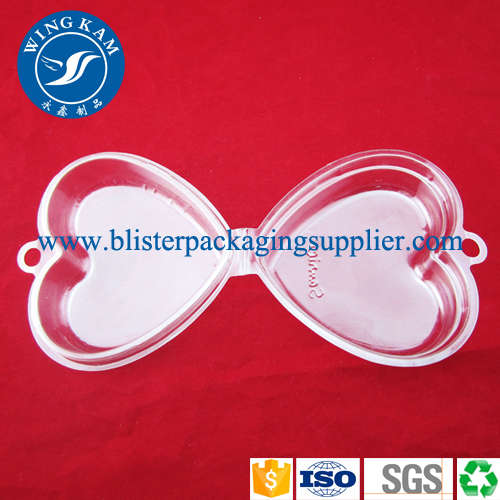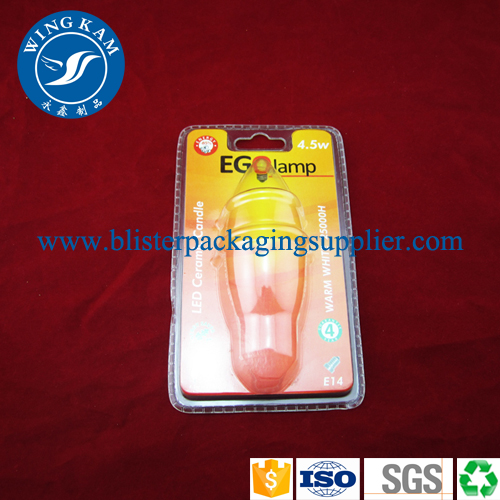Offset paper is a major type of printing paper, especially books and periodicals, and the amount of offset paper accounts for a considerable proportion. It is determined by the nature of the offset paper itself that newly produced papers that are not stored for a certain period of time (most of the prints are now paper-made according to orders and are currently used) are used for printing when the physical and chemical properties are not yet completely stable. There will be some problems that directly affect the quality of printed products, and even produce a lot of waste products. Therefore, proper processing of paper before printing improves the printability of paper is an important link.
First, the characteristics of offset paper
The main component of offset paper is plant fiber, which is a hydrophilic material that has the characteristics of water swelling and shrinkage. Therefore, when the moisture content of the paper is uneven, the paper will be deformed, such as the common "foliage" and "tight edge" phenomenon. Another feature is that the paper absorbs moisture and expands, decompresses and shrinks, reabsorbs moisture, and then de-wettes. Repeatedly several times, the size of the paper will be smaller and smaller until it is constant. This phenomenon is called the paper's hysteresis effect. At this time, the sensitivity of paper to moisture is greatly reduced, and the stability of the paper is increased.
Understand these characteristics of paper, and then prepress the paper, you know.
Second, the prone problem of offset paper
1. Static electricity. Paper is prone to static electricity. Operators often have a sense of electric shock and there is a phenomenon of electrostatic ignition, especially in the dry season in autumn and winter.
2. Telescopic deformation. The telescopic deformation of paper is a common phenomenon. When it is severe, printing can not be overprinted using a monochrome machine. In a four-color machine, a phenomenon that one color is longer than that of one color, or a "sweeping angle" of a fan surface, is caused, causing excessive registration. On the other hand, the positive and negative sides are not set properly due to expansion and contraction, or the printed sheets have different stretchability, which brings a lot of trouble to the post-processing operations.
3. Wrinkle. The reason for the paper printing to wrinkle, in terms of paper itself, is mainly due to the fact that the paper has a more serious "foliar edge" or "tight edge", so that the paper can not be stretched flatly, and wrinkles occur during printing, resulting in a lot of waste products, in the rain Or the rainy season is particularly serious.
Third, offset paper printing method
In order to prevent these problems from occurring, offset paper needs to be processed before printing.
1. Hanging dry. Hanging drying is widely used by various printing factories. By hanging the air, the paper is adapted to the temperature and humidity of the printing shop, and the sensitivity of the paper to the environment is reduced, so that the paper can fully absorb the moisture in the air to achieve a uniform and even surface. The humidity in the paper room is slightly better than the humidity in the printing room, allowing the paper to fully absorb the water, so that its hysteresis effect is fully manifested, and deformation occurs before printing. Note that the humidity can not be too large, too much will reduce the stiffness of the paper, so that the paper feed is not smooth, the surface strength of the paper is reduced, causing the paper to powder, therefore, the relative humidity control at about 70% is appropriate.
Hanging and drying dampened paper is very effective for solving electrostatic problems on paper. Under normal circumstances, problems such as stretching and folding of paper can also be solved. It would be better if the paper was hung and left standing for a while.
2. Dry and dehumidify. Establish a closed drying room, configure dehumidification equipment to solve the sudden rainy days, the sudden increase in humidity in the workshop, white paper appears around the moisture absorption and deformation, pleated phenomenon; or have printed one side of the printed product, due to deformation around Can not be printed on the back, can be placed in a dry room, so that the paper around the dehydration, flattening and straightening, in order to facilitate printing. The advantage of this method is that it does not lose paper, and the amount of processing is large and the effect is obvious. The disadvantage is that the processing takes a little longer.
3. Infrared baking. For some moisture-deformed papers, the use of infrared baking, forced dehumidification, strong pertinence, flexibility, and direct results, may be a good remedy, but use safety.
With the above methods, the paper can be used anytime at any time. Paper will not only accumulate, but also reduce the amount of paper waste and loss.
Plastic Customize Clamshell Packaging
Wing Kam Packaging Co.,Ltd. was established in 2001, we are manufacturer and support custom design. We specialize in Plastic Clamshell Packaging. Our value message is "QUALITY IS OUR LIVE, WITHOUT QUALITY, WITHOUT US." If you order this Plastic Clamshell Packaging from us, YOUR BUSINESS WILL BE SAFE, YOUR MONEY WILL BE SAFE, YOUR PRODUCT OUT LOOK WILL BE GORGEOUS.
More Details:
| Item | Plastic Clamshell Packaging |
| Dimension | Customized |
| Material | PVC, PET |
| Thickness | 0.2mm to 0.8mm |
| Cardboard Insert | Yes, Customized |
| MOQ | 3000pcs |
| Sample order | Welcome & acceptable |



Welcome to order Plastic Clamshell Packaging.
Any questions please to contact us freely.
Clamshell Packaging
PET Clamshell Packaging,PVC Clamshell Packaging,Hot Sale Clamshell Packaging,New Design Clamshell Packaging, Customized Order Plastic Clamshell Packaging
Shenzhen City Wing Kam Packaging Products Co., Ltd. , http://www.blisterpackagingsupplier.com